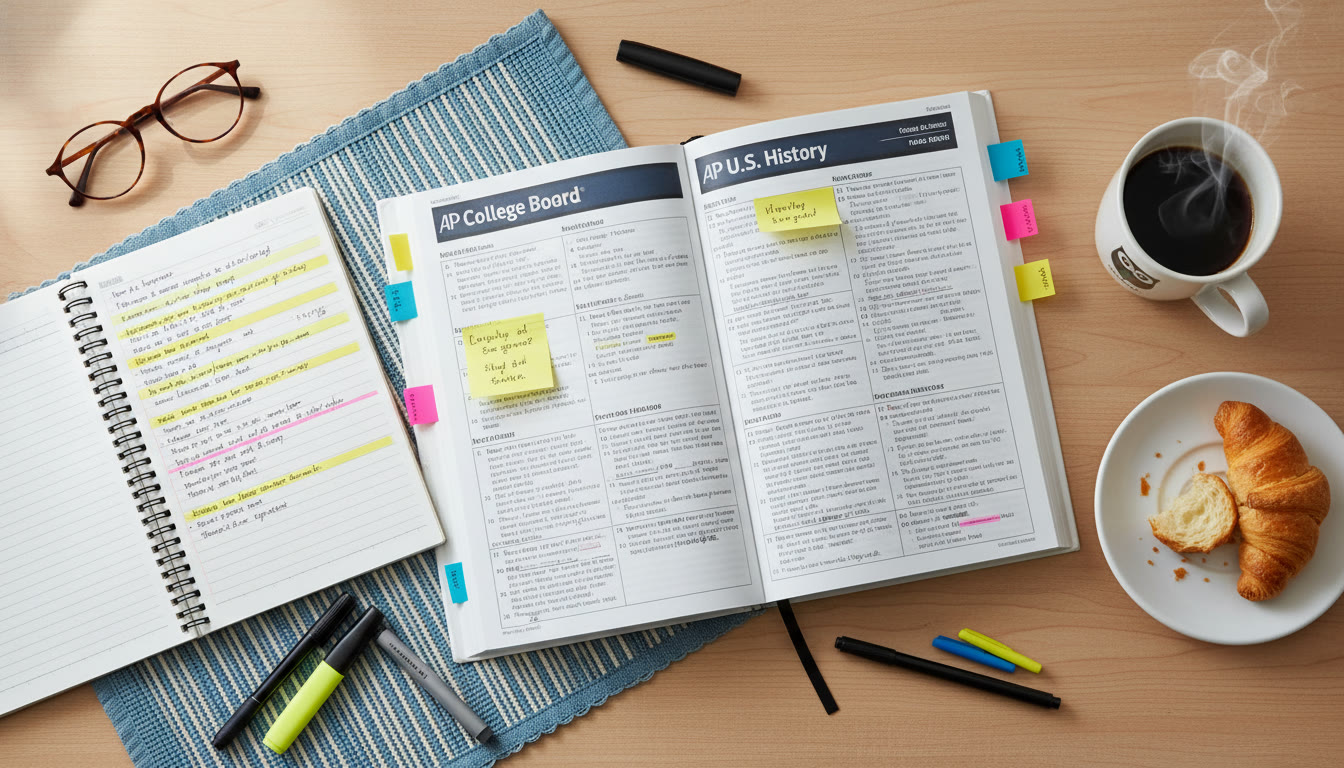Why Grammar Mini-Drills Matter for AP Students
Grammar can feel like the backstage crew of great writing: mostly invisible when everything runs smoothly, glaringly obvious when it doesn’t. For AP students—especially those tackling AP English Language and Composition or AP English Literature—precision in articles, agreement, and pronouns isn’t pedantry. It’s the difference between clear, persuasive essays and responses that distract readers (and graders) with avoidable errors. These mini-drills give you surgical practice: short, focused exercises that reinforce patterns until they become second nature.
What You’ll Gain from Short, Frequent Practice
- Rapid error recognition during timed essays.
- Cleaner sentence construction that strengthens arguments.
- Confidence with tricky forms (collective nouns, indefinite pronouns, compound subjects).
- Transferable skills for editing and multiple-choice sections.

Part 1 — Articles: The Tiny Words That Carry Big Weight
Articles (a, an, the) may be tiny, but they shape specificity. Choosing the wrong article can alter meaning or make a sentence awkward. Let’s break down the rules and practice them with quick drills.
Core Rules — Quick Reference
- Use “a” before consonant sounds (a book, a university — note the sound ‘y’).
- Use “an” before vowel sounds (an apple, an hour — note the silent h).
- Use “the” for specific, identifiable items or things already mentioned (the book on the table, the president we just discussed).
- No article for uncountable or plural nouns when speaking generally (Books are useful; Information is power).
Mini-Drill: Article Decisions
Convert the following prompts into correct short phrases (answers below):
- _____ honor is due (use an/a/the/Ø)
- She bought _____ umbrella and _____ coat (use articles that fit)
- _____ milk is in the fridge (general vs. specific)
- He wants to become _____ historian (note pronunciation)
Answers: an honor, an umbrella and a coat (or an umbrella and the coat if referring to a specific coat), Ø milk (if speaking generally) or the milk (if referring to a specific carton), a historian (if pronounced with a consonant sound).
Common AP Traps and How to Avoid Them
- Blindly choosing “an” or “a” based on spelling rather than sound—read the phrase aloud.
- Adding “the” when you mean a category: “The poetry is important” (implies a specific corpus) vs. “Poetry is important” (general claim).
- Overusing articles before proper nouns (“the Mount Everest” vs. correct “Mount Everest” except in phrases like “the Himalayas”).
Part 2 — Subject-Verb Agreement: Keep the Sentence Stable
Subject-verb agreement is about matching number and person. In AP essays, subject-verb errors are common because sentence structures get complex. Let’s simplify.
Fundamental Agreement Rules
- Singular subject → singular verb; plural subject → plural verb (She writes; They write).
- Ignore intervening phrases: The list of items is on the table. (“list” is the subject.)
- When subjects are joined by “and,” use a plural verb unless they form a single unit (Peanut butter and jelly is my favorite sandwich).
- When subjects are joined by “or” or “nor,” match the verb to the nearer subject (Neither the students nor the teacher is available; Neither the teacher nor the students are available).
Tricky Subjects: Collective Nouns and Indefinites
Collective nouns (team, committee, family) can take singular or plural verbs depending on whether you emphasize the group as a unit or its members. Indefinite pronouns (everyone, somebody, none) have rules you should memorize: everyone → singular verb; many → plural verb; none can be singular or plural depending on the context.
Mini-Drill: Choose the Correct Verb
Pick the right verb form in each sentence:
- The committee (is/are) presenting its findings today.
- Neither the coach nor the players (was/were) ready for the news.
- Everyone (has/have) an opinion about the new policy.
- None of the answers (is/are) correct.
Answers: is, were (match nearer subject “players”), has, can be either is or are depending on whether you mean “not a single answer is correct” (is) or “not any of the answers are correct” (are). For AP purposes, choose the option that best matches the intended meaning—explain choices in your revision notes.
Common Error Patterns to Watch in Essays
- Being misled by prepositional phrases: “One of the students is missing” (subject = one).
- Confusion with units of measure: “Five miles is a long walk” (treated as a single distance).
- Mismatching pronouns to antecedents in complex sentences—read slowly and re-identify the subject before choosing verb tense/number.
Part 3 — Pronouns: Clarity and Correct Reference
Pronouns make sentences economical, but only if the reader can identify their antecedents. Ambiguity or mismatch here weakens an argument. This section focuses on pronoun-antecedent agreement, pronoun case, and avoiding vague references.
Pronoun-Antecedent Agreement
- Pronouns must agree in number and gender with their antecedents: The student finished his or her essay vs. The students finished their essays.
- For indefinite antecedents (each, everyone): use singular pronouns (Each of the runners stretched his or her muscles).
- Modern usage often accepts singular “they” for gender-neutral reference; in AP essays, be consistent and clear—use singular “they” only when it doesn’t confuse meaning.
Pronoun Case — Subject vs. Object
Use the correct case depending on function:
- Subjective: I, we, he, she, they (She wrote the thesis.)
- Objective: me, us, him, her, them (The instructor praised her.)
- Possessive: my, our, his, her, their, its
Mini-Drill: Correct the Pronoun
Rewrite each sentence so the pronoun is correct:
- Between you and I, this is confusing.
- Each of the players took their position.
- It’s me who finished the work.
Answers: Between you and me; Each of the players took his or her position (or Each player took their position — be consistent); I am the one who finished the work (or It’s I who finished the work). The goal is to avoid casual constructions in formal AP responses while remaining readable.
Putting It All Together: Practice Set
This combined mini-drill replicates a typical pass in an AP essay revision: glance through a paragraph, spot errors, and fix them quickly. Time yourself—give 7–10 minutes to revise the paragraph below and then compare with the corrections that follow.
Draft Paragraph (Revise for articles, agreement, pronouns, and clarity):
“Students in a class often face problem when they attempt to write clearly. The teacher give them a feedback that is sometimes hard to apply because many of the suggestions are general. Each of the students need practice with an specific drills, and they must focus on their most common mistakes. Its important for students to get one-on-one help so that feedback becomes actionable.”
Corrected Version Explained
Corrected paragraph with explanations inline:
“Students in a class often face problems when they attempt to write clearly. The teacher gives them feedback that is sometimes hard to apply because many of the suggestions are general. Each of the students needs practice with specific drills, and they must focus on their most common mistakes. It’s important for students to get one-on-one help so that feedback becomes actionable.”
- “Problems” (plural) to match the plural subject “students.”
- “Gives” to agree with singular subject “teacher.”
- Removed article before “feedback” — uncountable and general.
- “Each of the students needs” uses singular verb to match “each.”
- “Specific” replaces “an specific” — adjective form; no article needed with plural “drills.”
- “It’s” is the correct contraction; “Its” is possessive.
Data Table: Quick Rules at a Glance
Use this table as a cheat-sheet during last-minute reviews. Commit the patterns to memory by doing short timed drills.
| Issue | Rule | Quick Example |
|---|---|---|
| Articles | Choose by sound and specificity | a university (consonant sound), an hour (vowel sound), the study (specific) |
| Subject-Verb Agreement | Match number; ignore intervening phrases | The list of topics is long; The students are ready |
| Collective Nouns | Singular or plural depending on unity vs. individuals | The team wins (as unit) vs. The team are arguing (individuals) |
| Pronoun Agreement | Agree in number/gender; avoid vague antecedents | Each student brought his or her notebook; Students brought their notebooks |
| Pronoun Case | Subject vs. object forms | Between you and me (object); I wrote it (subject) |
How to Use Mini-Drills in Your AP Study Plan
Mini-drills are most effective when they’re regular and varied. Here’s a simple weekly routine that fits into any AP study plan:
- Day 1: 10-minute article drills (focus on article omission and misuse).
- Day 2: 10-minute agreement drills (compound subjects and nearby-subject rules).
- Day 3: Pronoun case and antecedent clarity exercises.
- Day 4: Timed paragraph revision—apply all three skills.
- Day 5: Self-test with mixed multiple-choice items and quick corrections.
Short daily sessions beat one long cram session. The brain consolidates patterns faster when practice is distributed.

How Personalized Tutoring Amplifies Mini-Drills
Drills are flexible, but targeted feedback accelerates progress. Personalized tutoring provides tailored study plans, explains recurring errors, and builds a practice sequence that addresses your unique blind spots. For example, if you consistently confuse plural agreement after prepositional phrases, a tutor can design micro-lessons and practice sets that zero in on that pattern—saving time and boosting confidence. Sparkl’s personalized tutoring offers one-on-one guidance, tailored study plans, expert tutors, and AI-driven insights that help you prioritize the drills that move your score the most.
Editing Checklist for Final Passes
Use this short checklist when you’re making final revisions to a timed essay or homework assignment. Read slowly—errors often hide in complexity.
- Identify the subject of each sentence before checking the verb.
- Read aloud to catch article/sound mismatches.
- Locate every pronoun and confirm its antecedent is clear and unambiguous.
- Watch for collective nouns and decide whether unity or plurality is intended.
- Fix possessive vs. contraction errors (its vs. it’s, your vs. you’re).
Real-World Context: Why This Attention to Grammar Pays Off
Beyond the AP score, grammar mastery signals clear thinking. College-level writing demands precision—faculty and admissions readers often equate clarity of expression with rigor of thought. When your sentence mechanics are solid, your ideas can shine. Mini-drills build a habit of clarity so you can spend cognitive energy on higher-level analysis, structure, and argumentation—where AP graders award the most points.
Additional Practice Resources (How to Choose Wisely)
When selecting practice materials, prefer curated sets that focus on patterns rather than endless random questions. Look for:
- Short targeted exercises labeled by error type.
- Explanations that teach the rule and show multiple examples.
- Mixed drills that force you to decide which rule applies (close to real editing).
Final Encouragement — Keep the Momentum
Grammar mini-drills are small investments with outsized returns. Spend 10–15 focused minutes a day and you’ll notice fewer mechanical errors in timed essays, clearer thesis statements, and stronger, more persuasive prose. If you pair regular drills with occasional personalized feedback—whether through a teacher, mentor, or a platform offering one-on-one tutoring like Sparkl—you’ll accelerate progress. The key is consistency and reflection: after each drill, note the one pattern you missed and design the next practice to target it.
Parting Tip
Create a “mistake log”: a one-page list of the types of errors you make most often (e.g., “pronoun-antecedent with collective nouns”). Review it before every practice session. Over time, the list will shrink—and your writing will sound like the confident, disciplined student you are.
Wrap-Up: Your 10-Minute Drill Plan
To close, here’s a compact plan you can start today. It takes 10 minutes and fits into busy schedules:
- Minute 1–2: Warm-up — read two sentences and identify the subject and verb.
- Minute 3–5: One focused article exercise (5–8 items).
- Minute 6–8: One subject-verb agreement drill (5 items, include compound/nearest-subject).
- Minute 9–10: One pronoun correction (rewrite a 1–2 sentence mini-paragraph).
Do this consistently for two weeks and then reassess. Keep your mistake log and consider a short one-on-one review session—personalized tutoring can convert stubborn errors into quick wins.
Good luck—and remember: clarity is persuasive. When your sentences are sharp, your ideas do the convincing.
























No Comments
Leave a comment Cancel